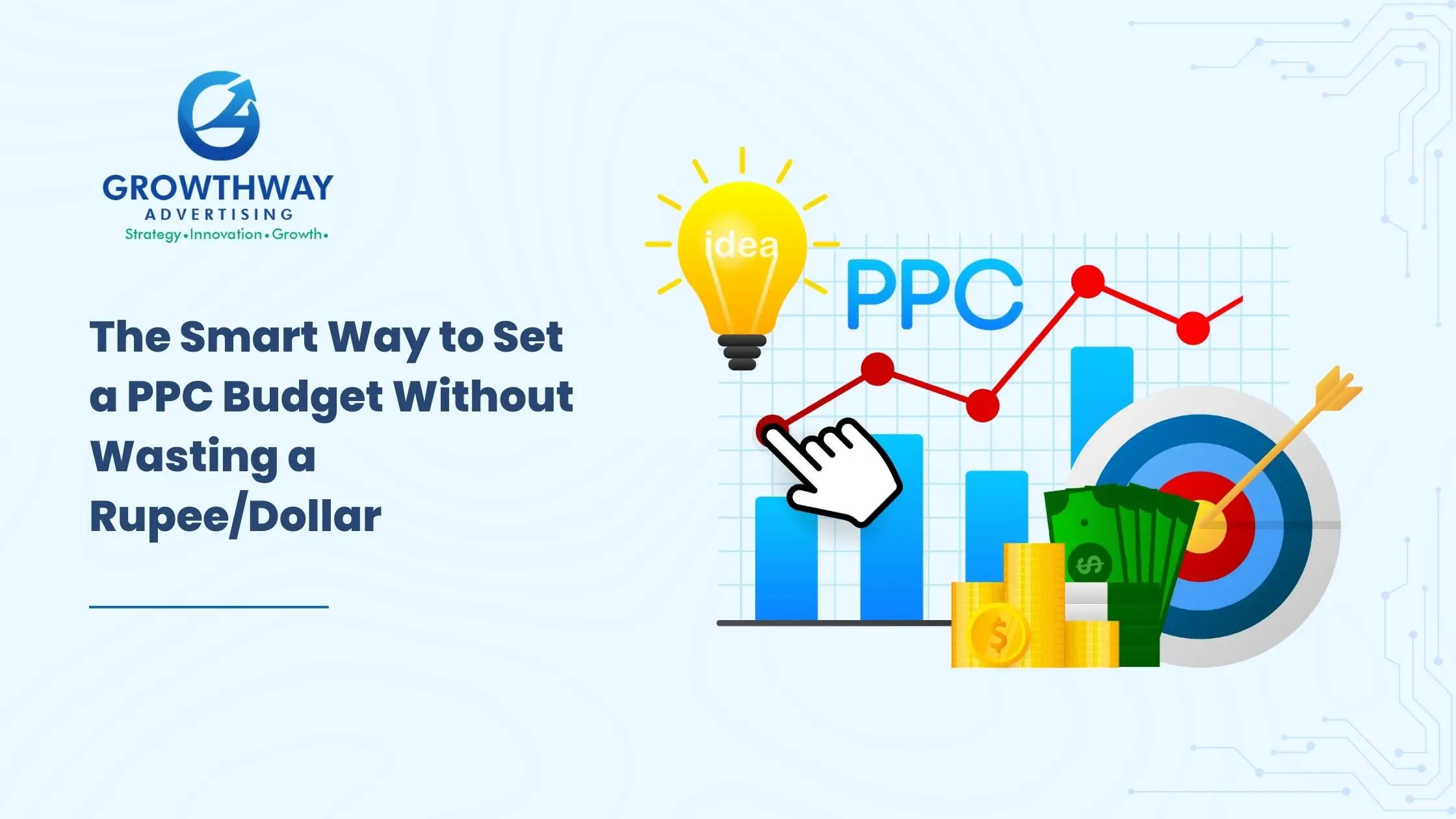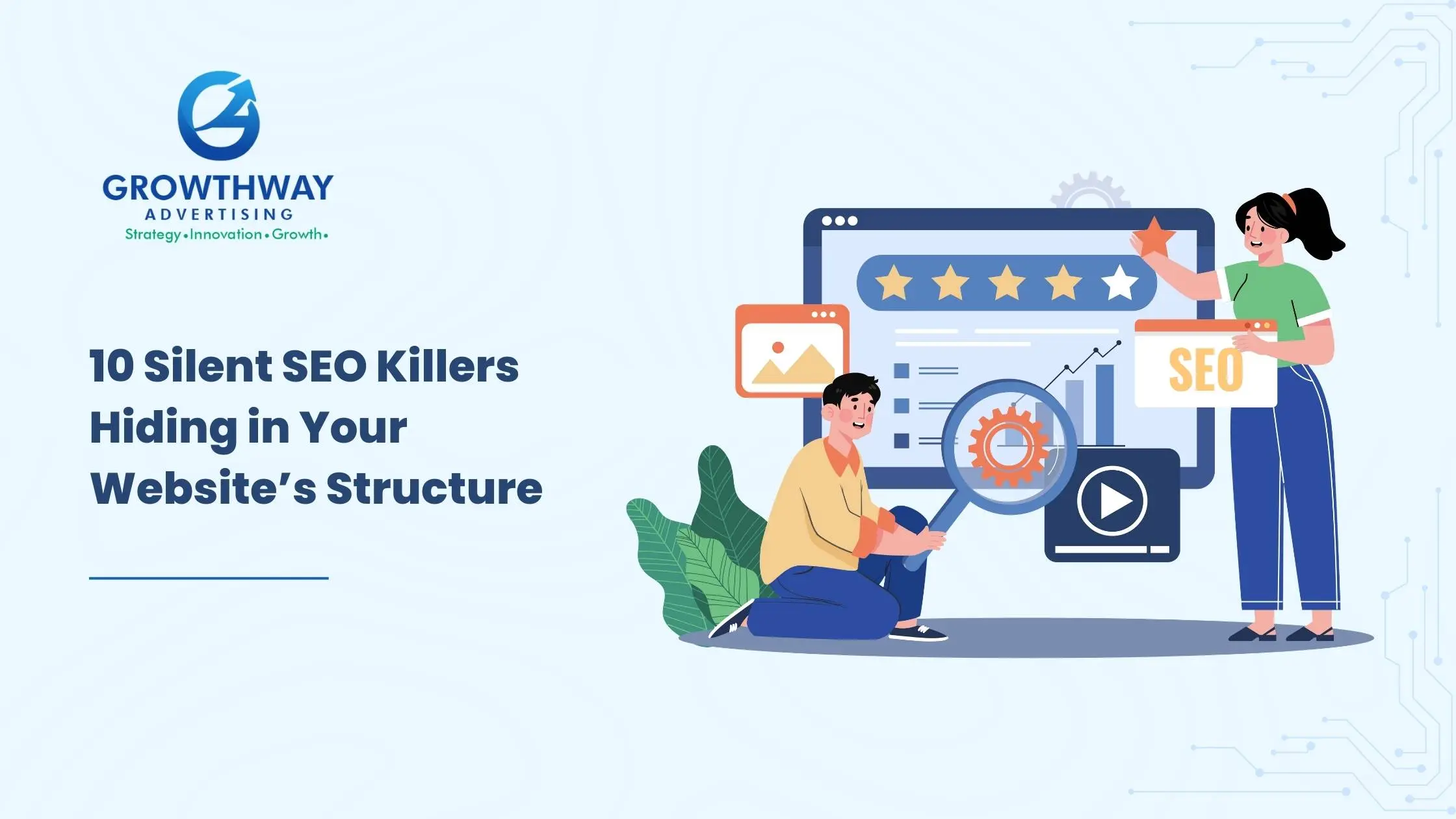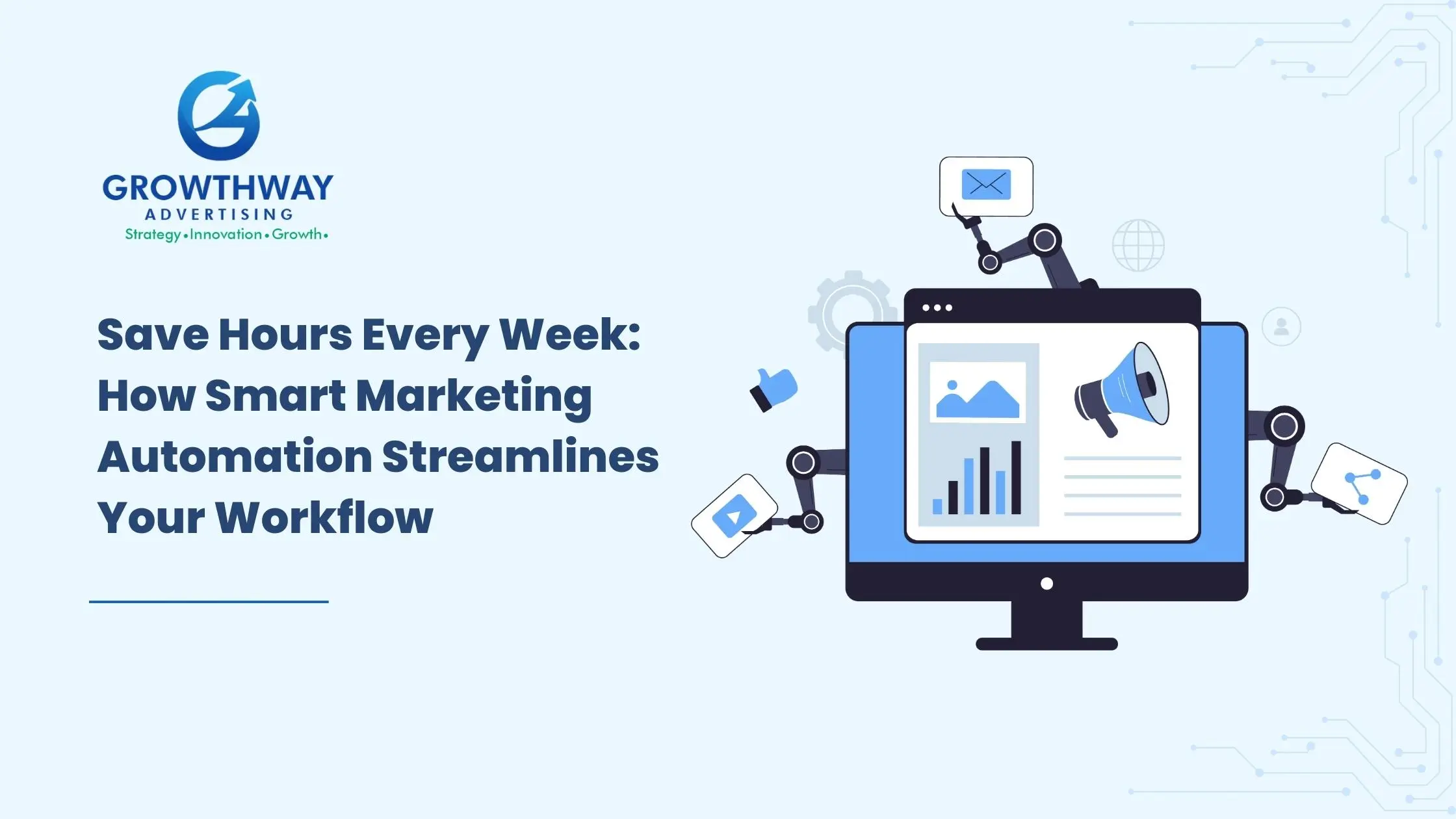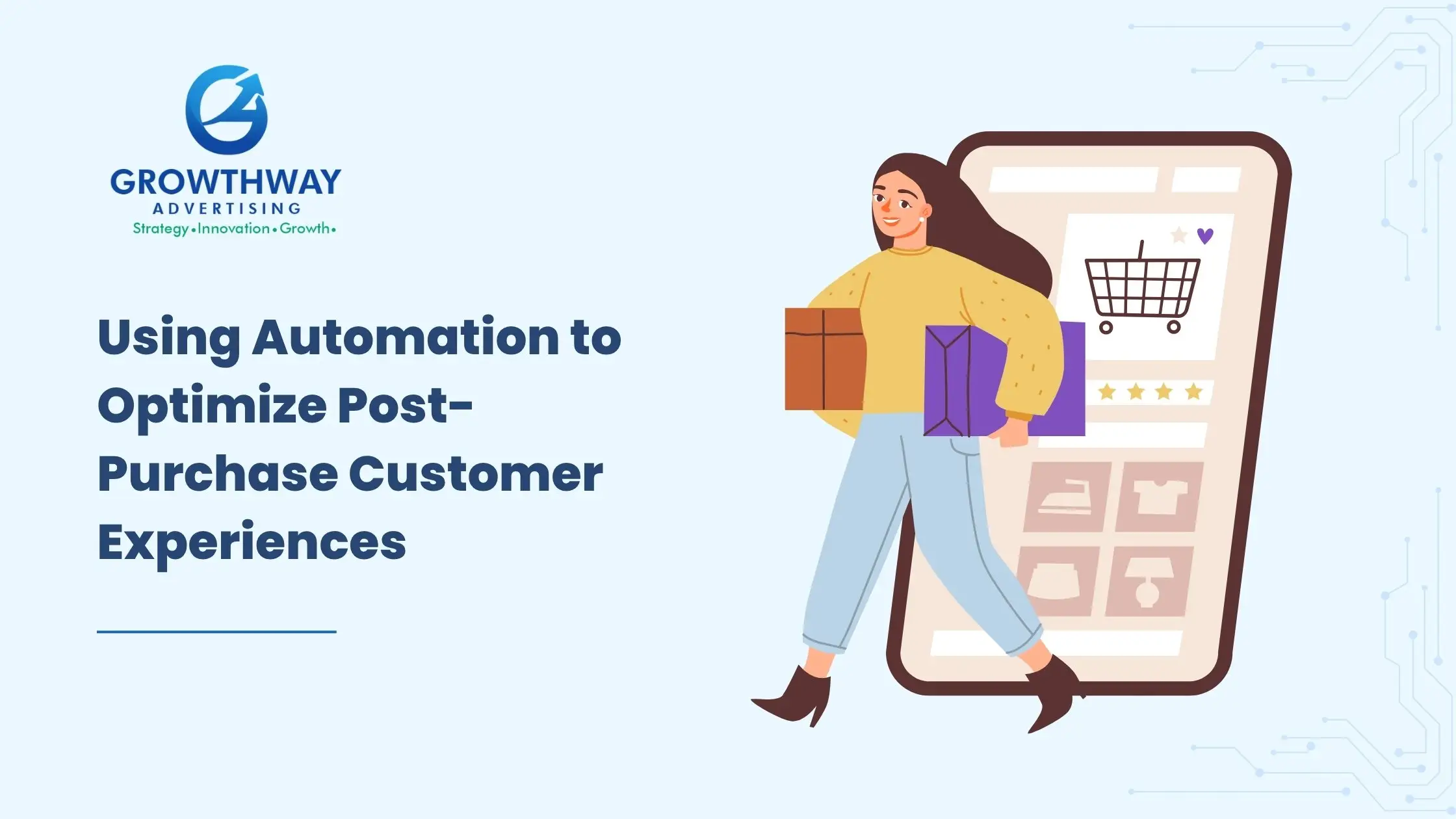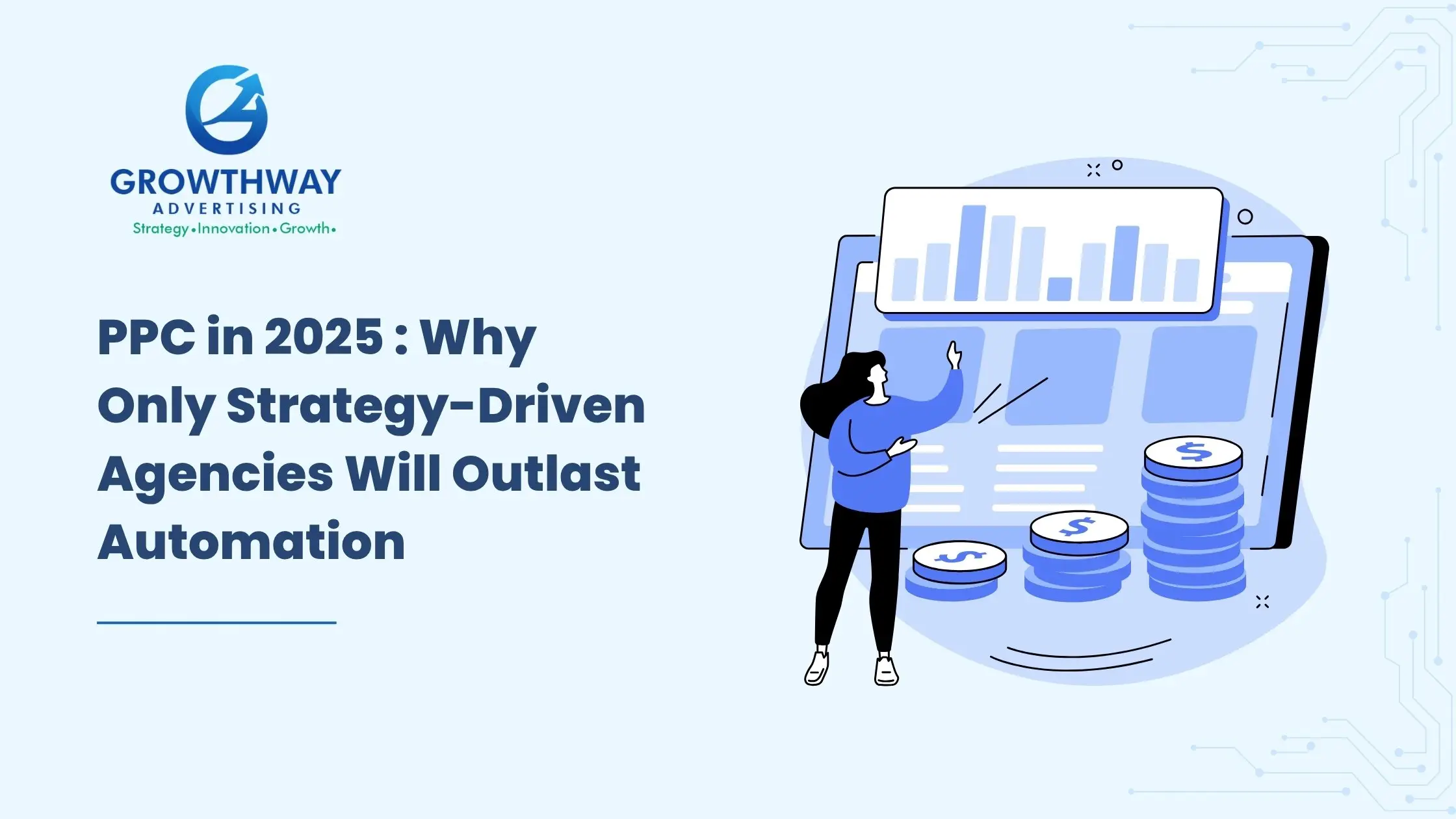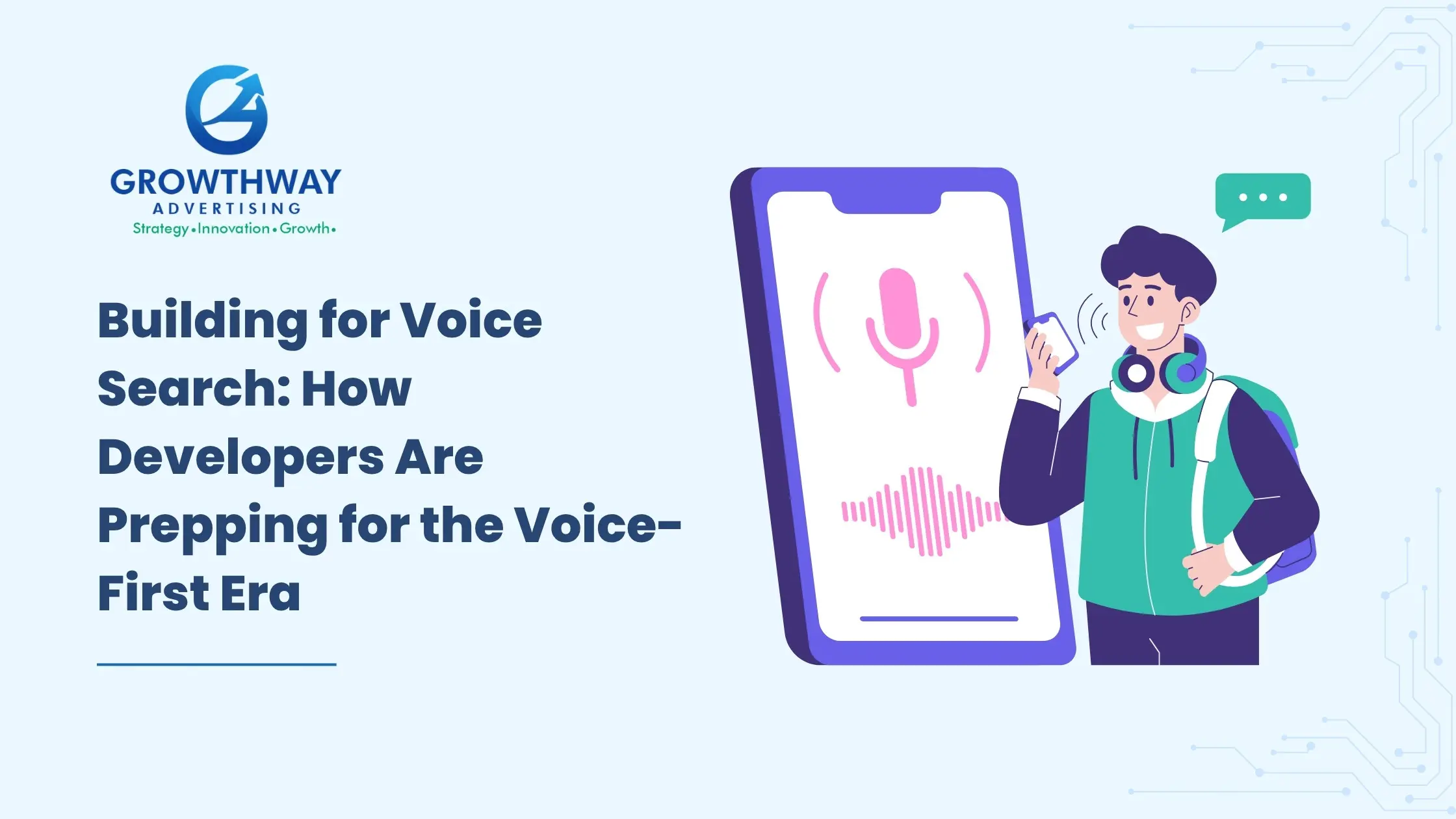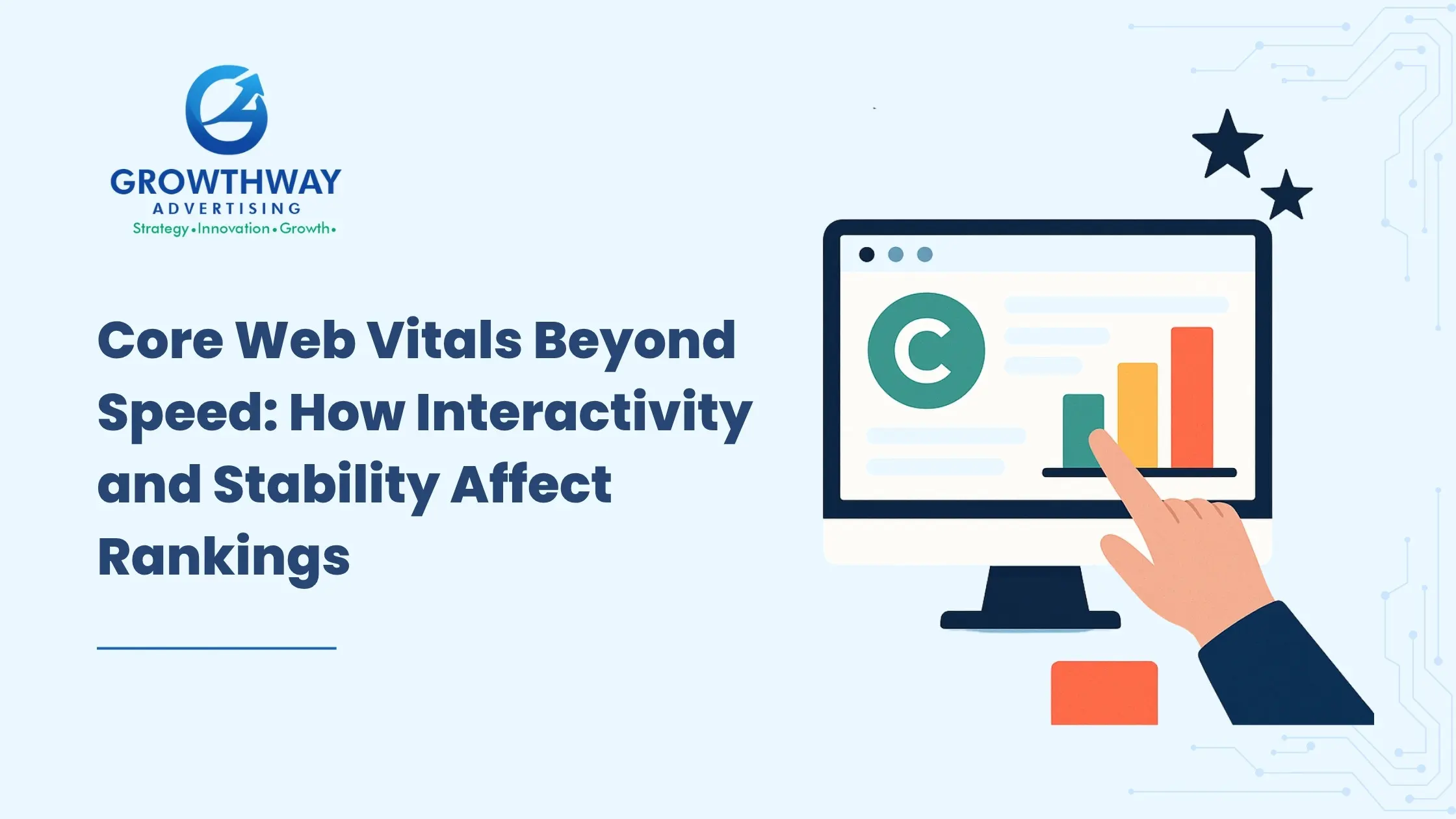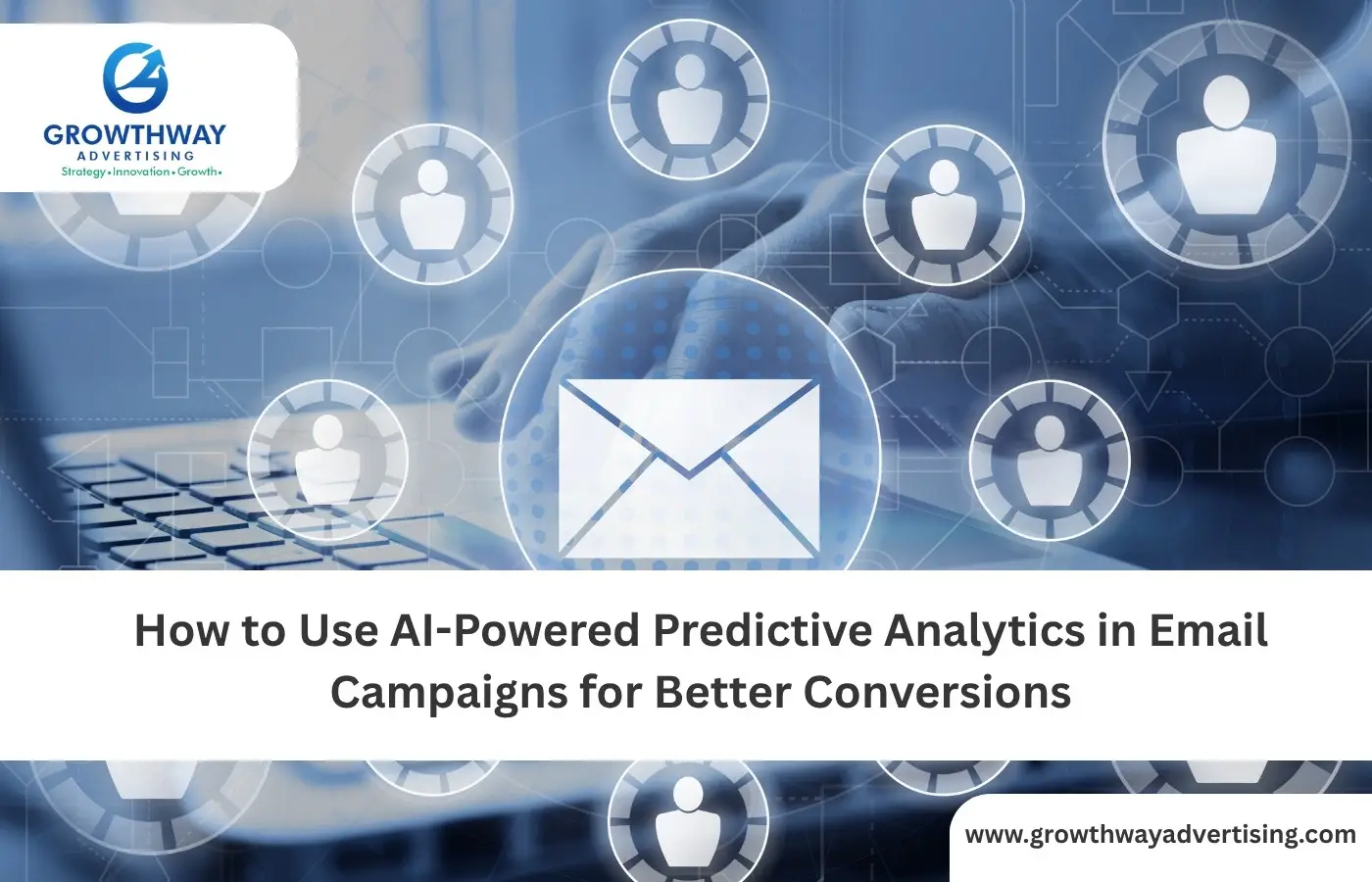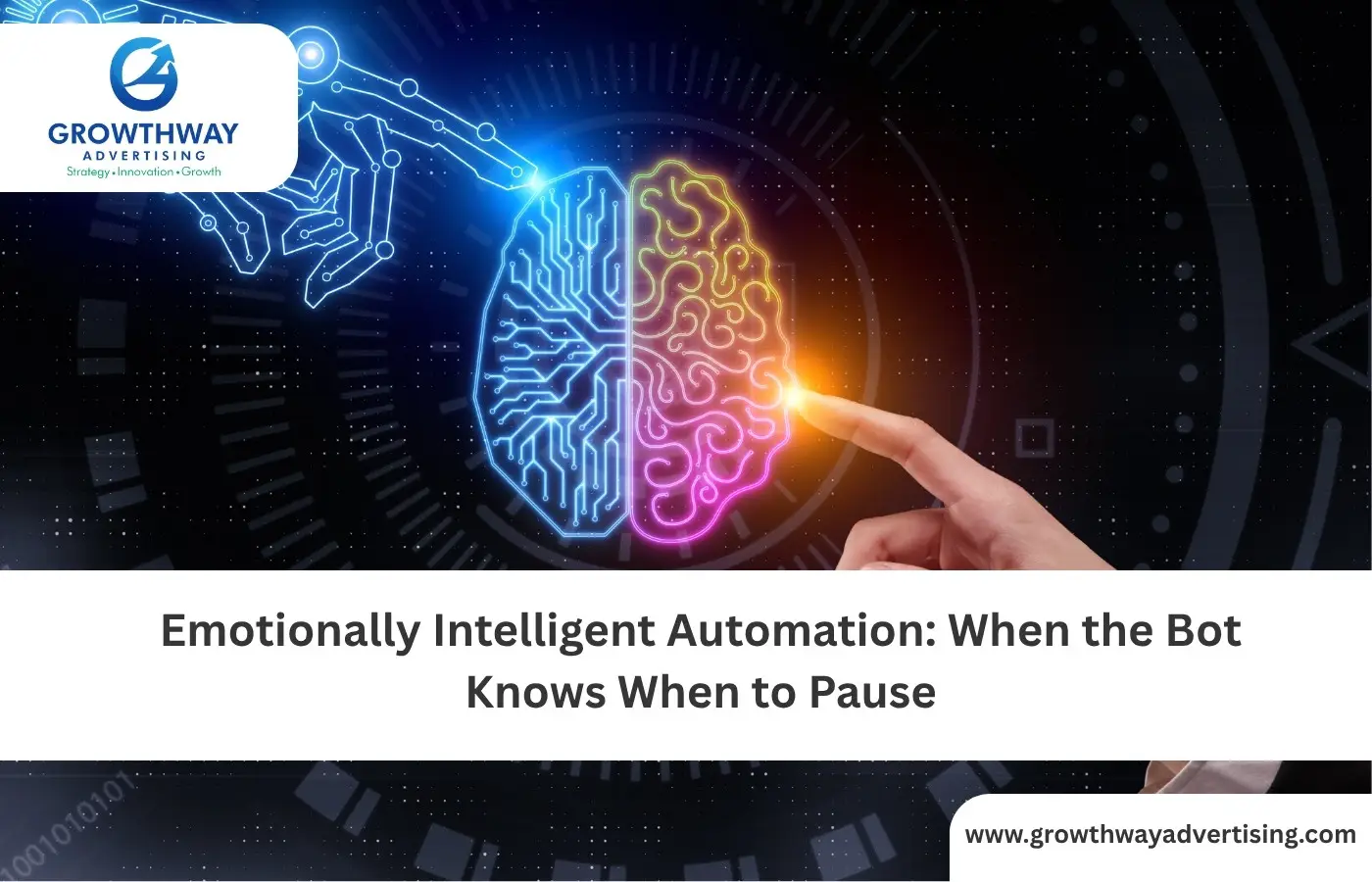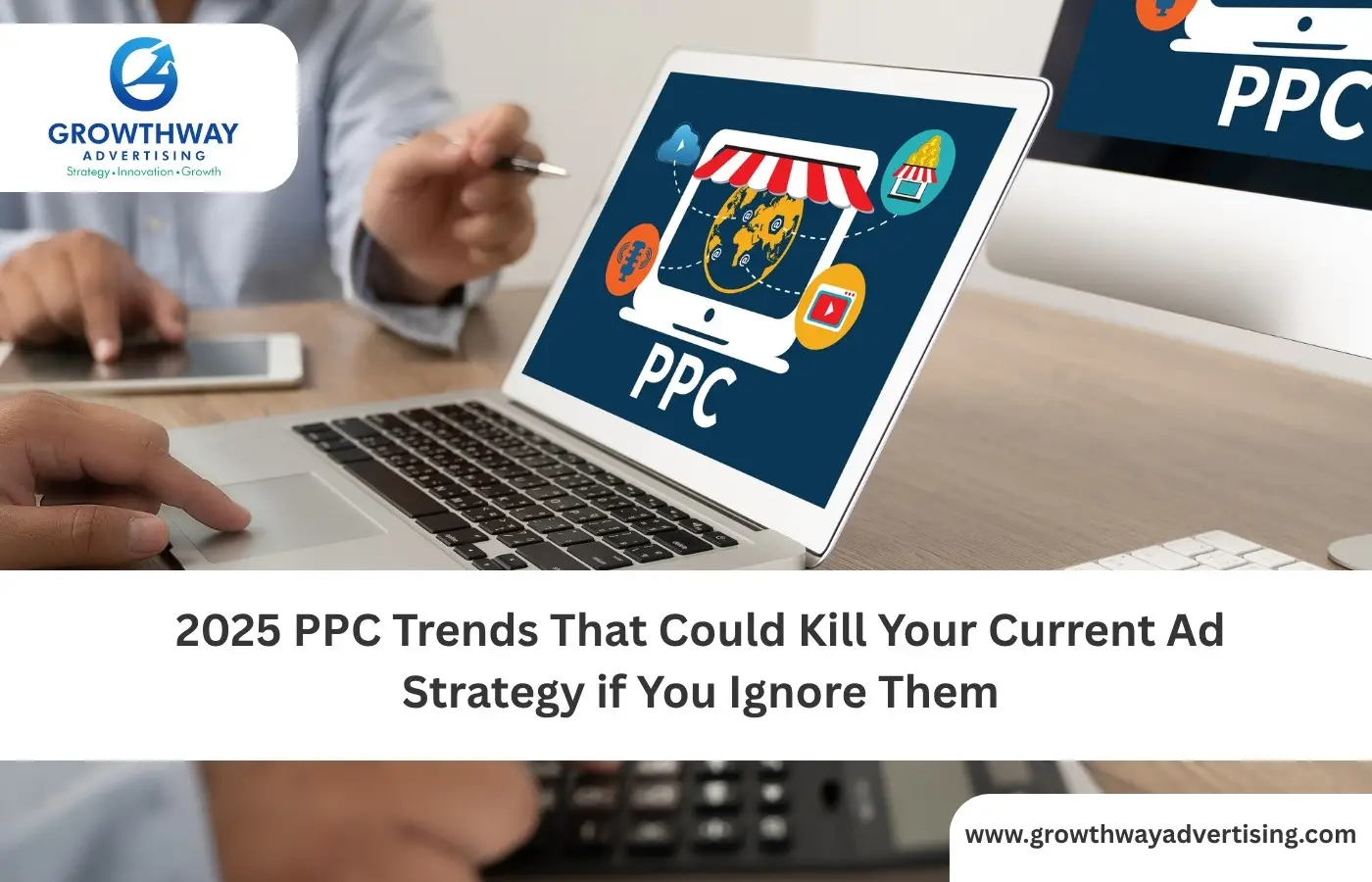For some time now, Responsive Search Ads (RSAs) have existed, but they remain engulfed in confusion, skepticism, and outdated assumptions. Many marketers either dismiss them or fail to understand their full potential.
But here’s the truth: RSAs are now mandatory.
If you’re running campaigns through a google ads agency or offering ppc services, RSAs must be part of your daily toolkit. They’re more than just automated ad formats—they’re essential components of any high-performing ppc marketing services strategy.
Let’s dig deeper into what RSAs really are, debunk some common myths, and understand why they matter for serious marketers optimizing for Campaign performance.
What Are Responsive Search Ads—Really?
Responsive Search Ads allow you to enter up to 15 headlines and 4 descriptions, which Google mixes and matches to display the most relevant combination to each user.
This flexibility considers:
- User query
- Location
- Device type
- Previous behavior
Instead of building a static ad, you give Google’s algorithm multiple creative options that scale more intelligently in 2025.
Myth #1: “I’ll Lose Control Over My Messaging”
This concern is outdated.
You retain control by using the pinning feature, which lets you fix specific headlines or descriptions in position—essential when you have compliance requirements like phone numbers, offers, or locations.
Smart ppc agency teams blend pinned and flexible headlines, ensuring a balance between experimentation and brand consistency.
Myth #2: “They Don’t Perform Better Than Expanded Text Ads”
Let’s be clear—Expanded Text Ads (ETAs) are no longer supported.
Before their deprecation, Responsive Search Ads equaled or outperformed ETAs in click-through rates across nearly every industry. With tools like Dynamic Keyword Insertion, RSAs can personalize messaging at scale—boosting clicks and relevance without extra manual work.
If your ad account is still depending on static text formats, you’re not optimizing for Campaign performance or budget efficiency.
Myth #3: “They’re Too Complicated to Set Up”
If you’re offering ppc marketing services, this is a misconception.
Yes, RSAs take slightly more strategic effort upfront—but once created, they’re easier to manage and scale than ETAs.
A strong RSA setup should include:
- 8–10 varied, keyword-rich, branded headlines with strong CTAs
- 3–4 diverse descriptions
- At least one Dynamic Keyword Insertion
- Smart, minimal pinning for branding/compliance
A reliable ppc agency views RSAs as modular tools, not magic spells.
Myth #4: “I Can’t Test Like I Used To”
True—RSAs have changed testing. But testing still exists—just differently.
Rather than comparing complete ads (A/B), you now analyze asset-level performance:
- Google grades assets as “Best,” “Good,” or “Low”
- Run multiple RSAs with different themes to test strategic angles
- Use ad group-level impression and conversion metrics for decisions
You’re still testing—you’re just not wasting time duplicating similar ads anymore.
Myth #5: “Google Hides Too Much Data”
Google doesn’t show every combination, but you can extract valuable insights:
- Use engagement and impression data
- Review performance labels for headlines/descriptions
- Connect ad metrics with conversion performance
- Explore available ad combinations in the Ads panel
Experienced managers at a google ads agency know how to read between the lines and optimize accordingly.
Myth #6: “They’re Not Good for B2B Campaigns”
Wrong again.
While RSAs shine in eCommerce, they’re equally powerful in B2B, especially given longer sales cycles and complex user intent.
Here’s how B2B messaging can align with funnel stages:
- TOFU: “Free Guide to Reducing IT Costs”
- MOFU: “Compare Cloud Backup Solutions”
- BOFU: “Schedule a Demo – 15 Mins”
Combined with smart audience targeting, RSAs can move prospects throughout the journey with automated PPC ads tailored to intent.
Myth #7: “I Only Need One RSA Per Ad Group”
Not always true.
While Google recommends one RSA per ad group, high-volume or multi-audience groups may benefit from multiple RSAs with different messaging strategies.
When doing so, be sure to:
- Avoid headline duplication
- Vary tone, CTAs, and value propositions
- Align themes with audience signals
This allows the algorithm to better personalize ads and improve Campaign performance.
Most Marketers Overlook: Funnel-Based RSA Strategy
This is the missing link in many ppc services.
Organizing RSAs by funnel stage leads to clearer messaging and improved metrics:
- TOFU: Broad match keywords, value-focused headlines, questions
- MOFU: Feature-based messaging, case studies, comparisons
- BOFU: Discounts, urgency, testimonials, demos
Avoid mixing all funnel stages into a single ad. Segmented RSAs = stronger click-through rates.
Advanced Play: RSAs + Audience Targeting
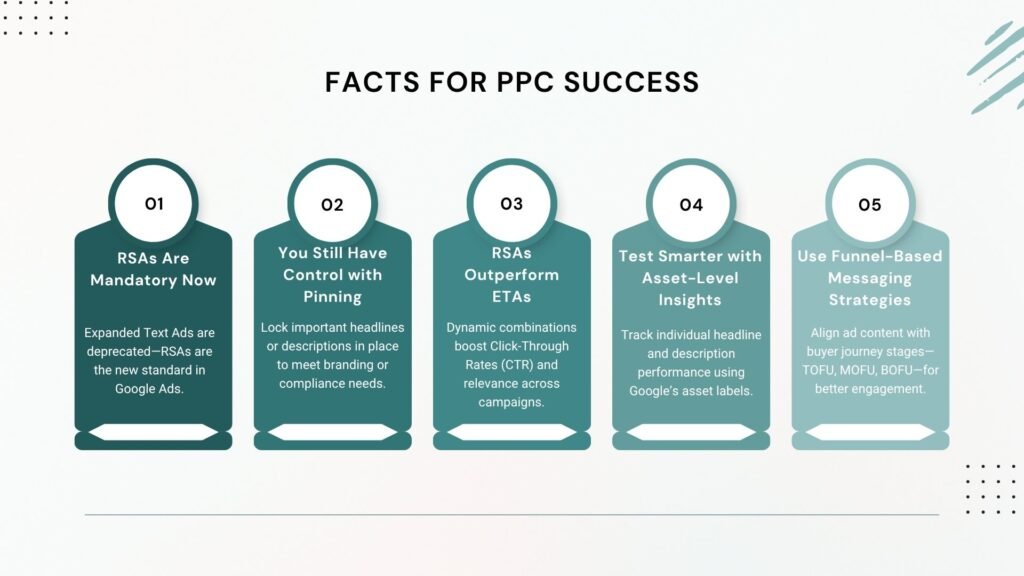
For next-level results, combine RSAs with audience signals like:
- In-market segments
- Custom intent audiences
- First-party retargeting
Examples:
- Show urgency-focused RSAs to returning users
- Deliver benefit-driven ads to new prospects
If your ppc agency isn’t doing this yet, it’s time to level up.
RSA Optimization Checklist for PPC Pros
For any google ads agency or business offering ppc marketing services, your RSA plan should include:
- 10+ branded, CTA-rich, keyword-aligned headlines
- 3–4 tailored descriptions for different funnel stages
- Smart pinning for compliance or branding
- Asset performance audits
- RSA groupings by theme or funnel
- Dynamic Keyword Insertion used with precision
- Layered audience signal integration
FAQ’s –
Responsive Search Ads allow advertisers to input multiple headlines and descriptions, which Google tests in various combinations to serve the most relevant ad per search.
You can input up to 15 headlines and 4 descriptions per RSA.
Yes. Responsive Search Ads are more flexible and have higher click-through rates. Also, ETAs are deprecated.
Google assigns each asset a label—“Best,” “Good,” or “Low”—based on actual performance.
One is standard, but experienced ppc agency teams may run two for split messaging or audience targeting.
Absolutely. RSAs integrate seamlessly with automated PPC ads and smart bidding, using machine learning to improve results.



